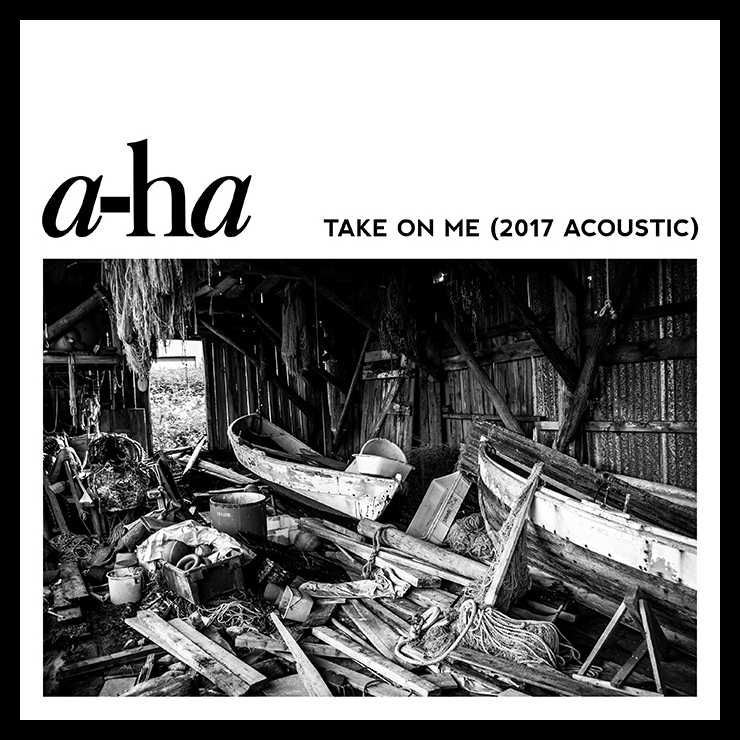Although it stands as one of the most successful pop songs in the history of pop songs, “Take On Me” began its life as a notably unsuccessful pop song.
The first version was released in 1984, and despite mild success in a-ha’s native Norway, the song failed to make the top 100 in the UK, which was the market they were really intent on cracking. The original version didn’t do enough to highlight singer Morten Harket’s voice, and the subsequent video was uninspired, and didn’t help push the song any further up the pop charts.
Executives must still have seen potential though, because Warner Brothers was willing to pay for a new recording of the track. With a modified ending and more lively mix, the new version was released as a single…and flopped again.
And here’s the part of this song’s story that baffles me: despite flopping twice as a song, someone was willing to pay thousands upon thousands of dollars to create a new video which used an old technique known as “rotoscoping” – a painstaking process of sketching over top of live action film, frame by frame. With 3000 frames to sketch, the four-minute video took about four months to complete…all for a band with no international success and a song that had already twice failed to gain any commercial traction.
Of course, the investment paid off. The video is widely considered one of the best of all time, and the song itself is a pop masterpiece; the dictionary definition of 80s synth pop.
But all the song’s poppiness and eighties-ness hides the fact that it’s also quite beautiful. Strip back the synths and up-tempo 80s cheese, take away the musical equivalent of its shoulder pads and overdone makeup, and you end up with a surprisingly heartfelt piece of music.
This 2017 acoustic version proves it.
What makes this a beautiful song:
1. The two elements that define the 1985 version are almost absent: the chorus’ final soaring note is brought down an octave, and the staccato synth melody is heard only once, as a piano melody with fewer notes and less 80s gusto. But the scaling back of those elements allows the listener to, paradoxically, hear more of the song.
2. Harket’s voice really is quite incredible. This version was recorded as he was nearing 60, and his precision and control are still world class.
3. The chord structure in the chorus is just slightly different than in the original, and the chord on the “be” of “I’ll be gone” adds some emotional weight that is unexpected and wonderful.
Recommended listening activity:
Dusting off some of your failed resolutions from previous years and re-investing in them.
